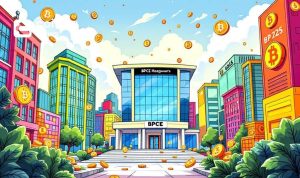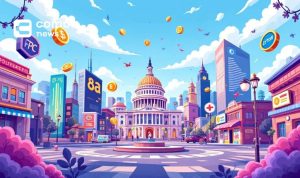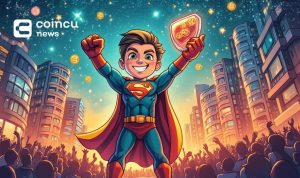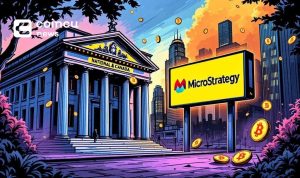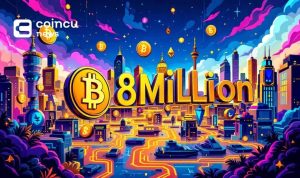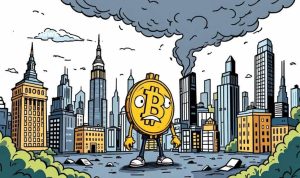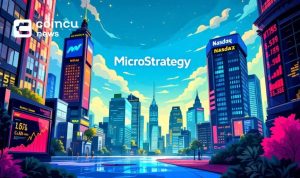Key Points:
- The Graph introduces Web3 standard GRC-20 to improve interoperability across decentralized applications.
- The standard will replace the Resource Description Framework, which does not meet the technical requirements of Web3.
On November 30, The Graph announced the Web3 standard GRC-20, a new data standard that will facilitate interoperability between dApps within the Web3 ecosystem.
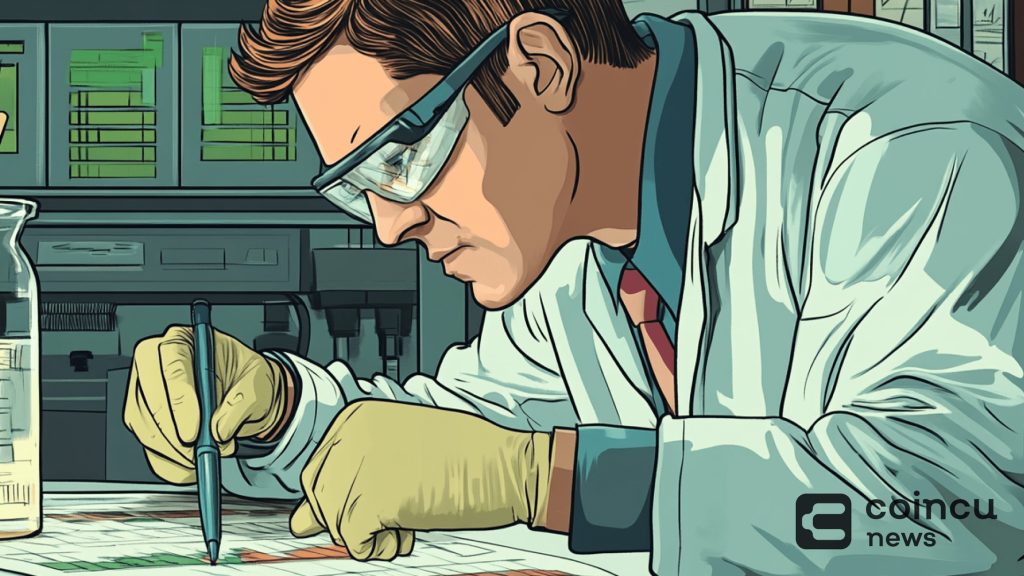
Read more: The Graph Upgrades Tooling for Faster Solana dApp Deployment
The Graph Introduces Web3 Standard GRC-20
The proposal, detailed in a blog post by The Graph, aims to establish a universal data language for Web3, similar to how ERC-20 standardized value on Ethereum.
The Web3 standard GRC-20 aims at better structuring, sharing, and interlinking of information across decentralized applications. Created by Yaniv Tal, who introduced the concept of knowledge graphs, GRC-20 is designed to replace the Resource Description Framework (RDF), which has been the framework applied by the World Wide Web Consortium up until now.
GRC-20 will make creating and consuming interoperable data between various applications on Web3 easier. Conforming to standards of data, information, and knowledge, GRC-20 aims to turn the vision of an open, verifiable, and composable Web3 into reality. The new standard will allow developers and users to use decentralised technologies more effectively.
The Graph’s Impact on Decentralized App Development
The Graph was founded in 2018 and has since grown to become one of the most important projects in the Web3 ecosystem. Its mainnet launched in December 2020, offering a decentralized network of APIs, or “subgraphs,” that power the creation of dApps and smart contracts.
The Graph claims its platform can reduce the development time for dApps from months down to days. Having indexed more than 70 blockchains, The Graph continues to be a key infrastructure provider in the decentralized ecosystem, rewarding contributors with Graph tokens.
| DISCLAIMER: The information on this website is provided as general market commentary and does not constitute investment advice. We encourage you to do your own research before investing. |







